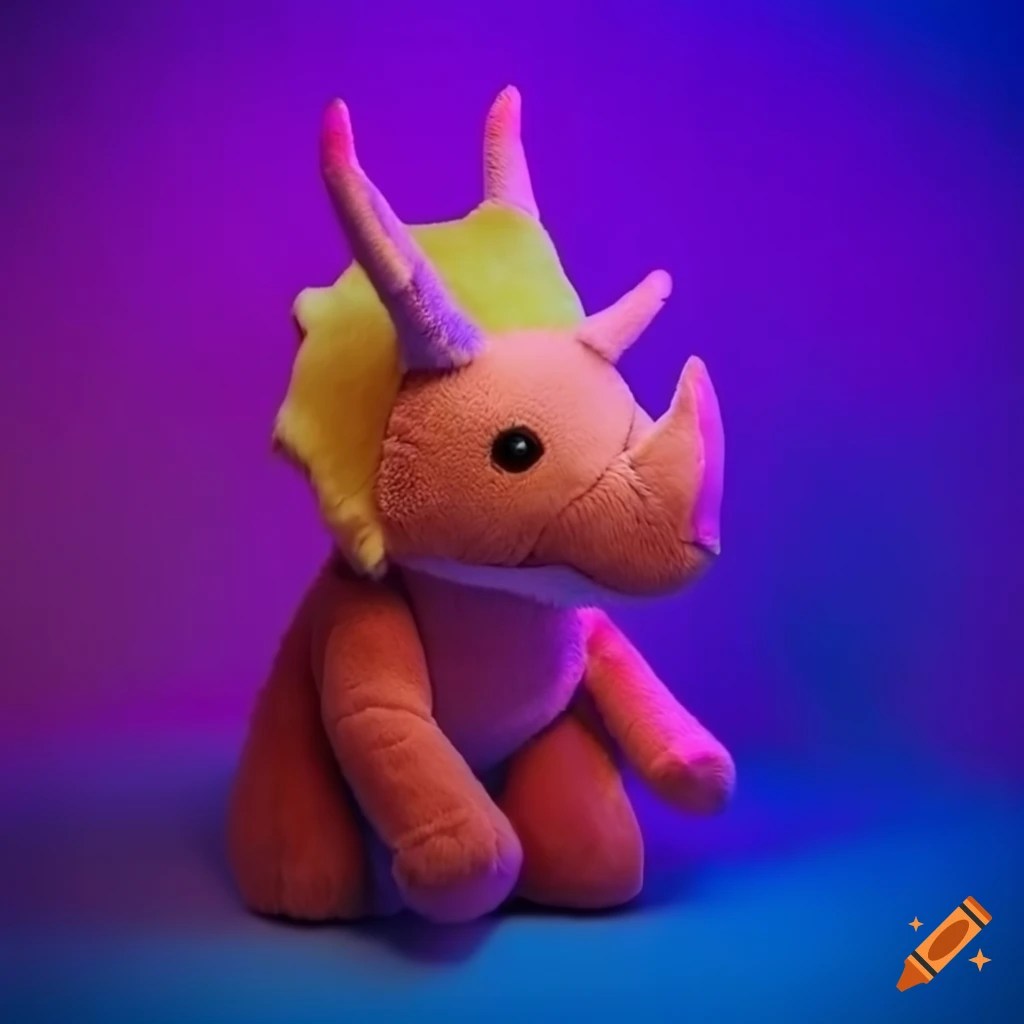Picture this: the late Cretaceous period, 68 million years ago. A herd of massive herbivores lumbers across a sun-drenched plain. Their colossal frills, adorned with intricate patterns, catch the light, and three formidable horns gleam on their heads. These are Triceratops, instantly recognizable icons of the prehistoric world. But what if our understanding of these magnificent creatures is just the tip of the iceberg? What if there were different kinds of Triceratops, each with its own unique characteristics and evolutionary story?
The quest to unravel the diversity of Triceratops is a thrilling journey into the heart of paleontological debate. For decades, scientists have grappled with the question of variation within Triceratops species. Were the subtle differences in skull morphology, the angle of horns, or the shape of the frill simply individual variations within a single species? Or could they be evidence of distinct Triceratops lineages, each adapted to its own ecological niche?
This exploration into the possibility of different kinds of Triceratops hinges on the concept of speciation. In evolutionary biology, speciation is the process by which populations within a species evolve over time to become distinct, reproductively isolated groups. This can occur due to a variety of factors, including geographic isolation, environmental pressures, and genetic drift. Could these factors have been at play in the late Cretaceous, leading to the emergence of different kinds of Triceratops?
Imagine, for instance, two populations of Triceratops separated by a vast river system. Over millennia, the environmental conditions on either side of the river could diverge, favoring different traits within each population. The Triceratops on the western bank might evolve larger frills for display and competition, while their counterparts on the eastern bank might develop more robust horns for defense against predators. Over time, these accumulated differences could lead to the development of two distinct species of Triceratops, each uniquely adapted to its environment.
While the idea of different kinds of Triceratops roaming the Earth is undeniably captivating, it's crucial to acknowledge that the scientific community is still actively debating this possibility. Some paleontologists argue that the observed variations in Triceratops fossils fall within the natural range of variation for a single species. They point to the fact that many of the differences are subtle and could be influenced by factors like age, sex, and individual growth patterns.
However, proponents of the multiple-species hypothesis counter that the differences in skull morphology, particularly in the horns and frills, are too significant to ignore. They argue that these variations are consistent enough across different specimens to suggest the presence of distinct species. They also point to the potential for ecological specialization, with different kinds of Triceratops occupying different niches within their ecosystems.
The debate over different kinds of Triceratops is a testament to the dynamic nature of paleontology. As new fossils are unearthed and analytical techniques advance, our understanding of these ancient creatures continues to evolve. While a definitive answer to the question of Triceratops diversity remains elusive, the ongoing research and passionate discussions within the scientific community underscore the enduring fascination with these iconic dinosaurs.
The exploration of Triceratops diversity, whether it ultimately reveals distinct species or simply a remarkable degree of variation within a single species, highlights the intricate complexities of evolution and the boundless wonders of the prehistoric world. Each new discovery brings us closer to unraveling the mysteries of these magnificent creatures and their place in Earth’s ancient history.
Who was robert plants second wife uncovering the mystery
Indmar 57 330 wheres that pesky oil filter hiding
Exploring rivella in port st lucie florida
Ai Generative Triceratops Dracorex Euoplocephalus Edmontosaurus - Khao Tick On
10 Beroemde Horing Dinosourusse van die Mesosoïkum - Khao Tick On
Sleeping Triceratops Tracing Worksheet coloring page - Khao Tick On
Harrisburg University professor helps name a new species of dinosaur - Khao Tick On
Illustration of different kind of sea animals and plants Stock Vector - Khao Tick On
Neon background with cute triceratops plush toy on Craiyon - Khao Tick On
Different kind of silhouettes trees isolated over white Stock Vector - Khao Tick On
different kind of houses and buildings - Khao Tick On
Collection of different kind of dogs black and white Stock Vector Image - Khao Tick On
New dinosaur species revealed by New Mexico scientists - Khao Tick On
The ferocious power of the famous Triceratops - Khao Tick On
Giant orange triceratops in tall grass on Craiyon - Khao Tick On
The ultimate dinosaur hybrid! Part T - Khao Tick On
Dinosaur With Names Clipart Vector, Dinosaur Types Signed, 50% OFF - Khao Tick On
Where Have the Most Dinosaur Fossils Been Discovered? - Khao Tick On

:max_bytes(150000):strip_icc()/pentaceratopsSK-56a256b03df78cf772748c02.jpg)












